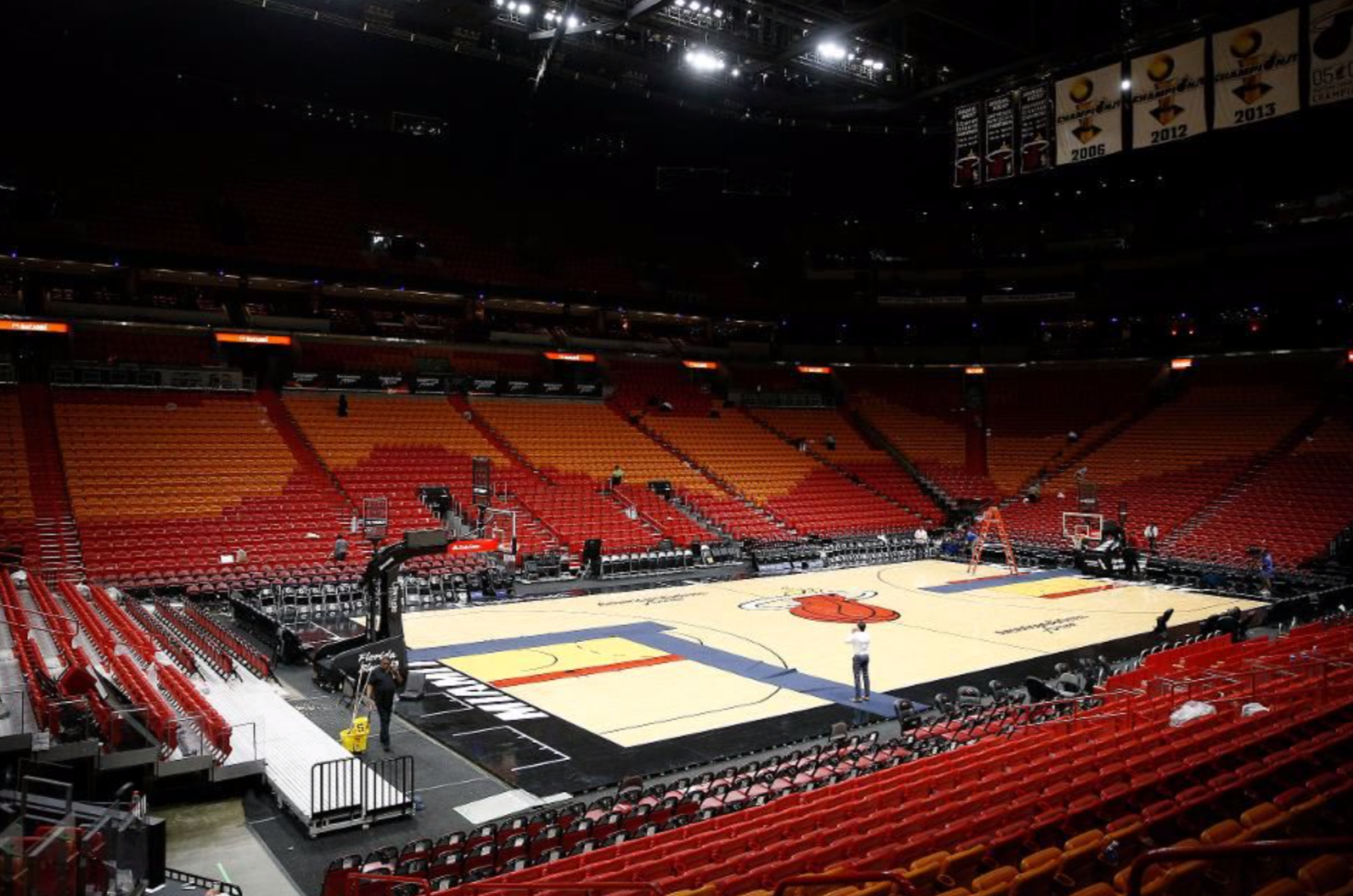By Tracey Goins
- Ratings on Disney owned networks like ESPN worsened with 18-49 year old average viewers down 21% in February
- Black consumers spend an average of 3.55 hours per day watching TV
For years, U.S. television networks have spent increasing amounts of money on sports packages, paying billions of dollars for the rights to show baseball, basketball and other sports exclusively. COVID-19 hit the U.S. sports media market particularly hard, as it was slated to generate $22 billion before the pandemic shut down events, and in turn toppling the sports-entertainment hierarchy at a scale experts say they have never seen before. Black consumers rank the highest among TV media consumption, so should sports networks be tailoring their programming for this demographic?
Why This Matters: Sports broadcasting rights are the “mother’s milk” of sports in the U.S. Perhaps nowhere is that more evident than March Madness that was supposed to be in full swing right now. When the NCAA initially planned to host March Madness to empty arenas across the country, anticipated network revenue was estimated as much at $900 billion in revenue. Without any actual sports there are very few ways for networks to make prime advertising dollars and get in front of Black audiences.
COVID-19 hit the U.S. sports media market particularly hard, as it was slated to generate $22 billion before the pandemic shut down events
It could become very lucrative for sports networks to cater to minority audiences since Black consumers spend an average of 3.55 hours per day watching TV, while Asian and Hispanic average around 1.75 and 2.45 hours per day respectively. Sports leagues electing to suspend play due to COVID-19, suggest these trends will worsen.
If we look back to when professional sports like the NBA decided to suspend its season, ratings on Disney (DIS -8.50%) owned networks like ESPN worsened with 18-49 year old average viewers down 21% in February, versus only being down -11% in January, according to UBS. Sports-only cable channels like ESPN are facing significant challenges filling programming space, and the long term impacts are incalculable.
Situational Awareness: While sports represents just 6% of total TV viewership, UBS analysts note this understates the impact on advertising revenues, as sports attracts the largest live audiences of any programming on TV. Unfortunately, the virus pandemic comes at a critical time for ESPN, which has already seen its profitability fall due to cord-cutting consumers who are more in favor of TV streaming options.
CBx Vibe: “A Change is Gonna Come” Sam Cooke








